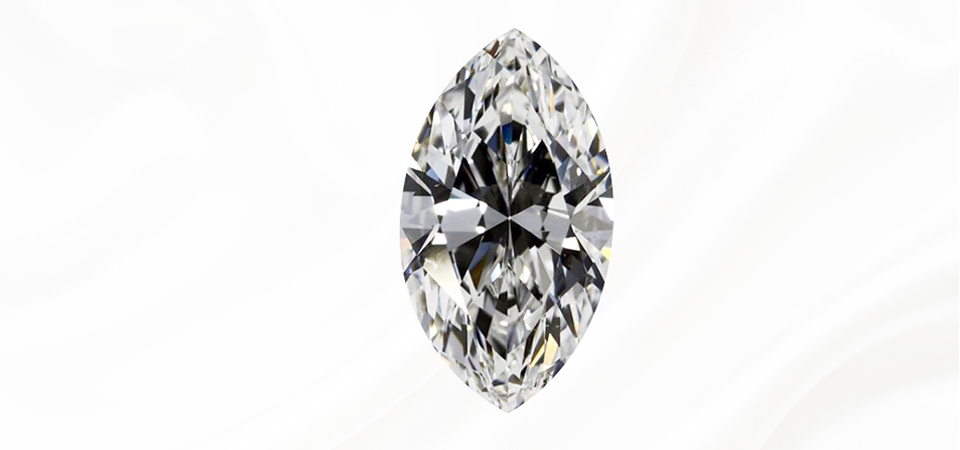“Is this a real diamond?” a question I get asked quite a lot as a diamond dealer! Since the rise of synthetic diamonds, the answer isn’t quite as straight forward as you might think. There is a lot of confusing terminology thrown around when it comes to the identification of diamonds and my aim is to de-mystify this a bit today!
Natural Diamond
Natural diamond is made of one element only: Carbon. It is a mineral formed by natural processes inside the Earth’s mantle without human intervention. It’s not a fast process! It takes billions of years for natural diamond to form.
Simulants
A diamond simulant is NOT diamond. That is the most important take away here! A simulant is something which resembles a diamond visually, but the physical properties are totally different (i.e. it is “simulating” being a diamond). They can be both natural or man-made substances, and the most common are:
- Cubic Zirconia
- Moissanite
- Glass
- Plastic (Yes! Believe it or not!)
As someone who plays with (I mean, works very seriously with…) diamonds every day, it is immediately obvious to me when I am looking at a simulant. However, I realise that I have quite a niche job, so it would be helpful to have some tips and tricks that you can use to identify these simulants yourself. That will be my next blog!
Synthetic Diamonds
A synthetic diamond IS diamond. Not only do synthetics look the same as natural diamonds, but they have the same elemental and physical properties. The key difference is between the ways in which these two types of diamond come into the world. A synthetic diamond is produced in a factory. A natural diamond is formed by Mother Nature in the Earth.
Interestingly, as I’m writing this Professional Jeweller magazine have just released a bulletin with the following headline: “A celebrity jeweller has revealed stars are getting duped by their diamonds, with many believing they have purchased natural stones that are in actual fact lab-grown.” Food for thought! I’ll address in the near future, I’ll write a post specifically about synthetic diamonds, how they are detected, and how they might fit into the diamond industry.
Treated Diamonds
This is an extra bonus category which I think is worth mentioning! Natural diamonds are not always perfect. Often, they will have impurities within them. These impurities occur during the diamond’s formation in the Earth. Generally, these impurities (or “inclusions” as we call them in the industry), lower the value of the diamond. So, over the years, scientists have come up with ways to reduce the visibility of these inclusions by using “treatments”. Think of it like cosmetic surgery for a diamond! A diamond which has undergone one of these treatments is known as a “treated diamond”. Their value is much lower than a natural diamond, and they are generally considered less desirable. I’ll write a separate post about these treatments soon.
Quick Re-Cap
Natural Diamond: Diamond which is formed in the Earth over billions of years.
Simulant: Not a diamond. Just a substance that looks like it.
Synthetic Diamond: Diamond which is produced in a factory.
Treated Diamond: A natural diamond which has undergone a non-natural process to reduce the visibility of its impurities.
From the list above, here at Celsteel we only sell Natural Diamond. In fact, we have recently invested in a synthetic diamond detection machine to ensure nothing we buy or sell is synthetic. Please stay tuned to my blog as in the near future I’ll be discussing why it’s so important for us to only deal in natural diamonds! STAY TUNED!


